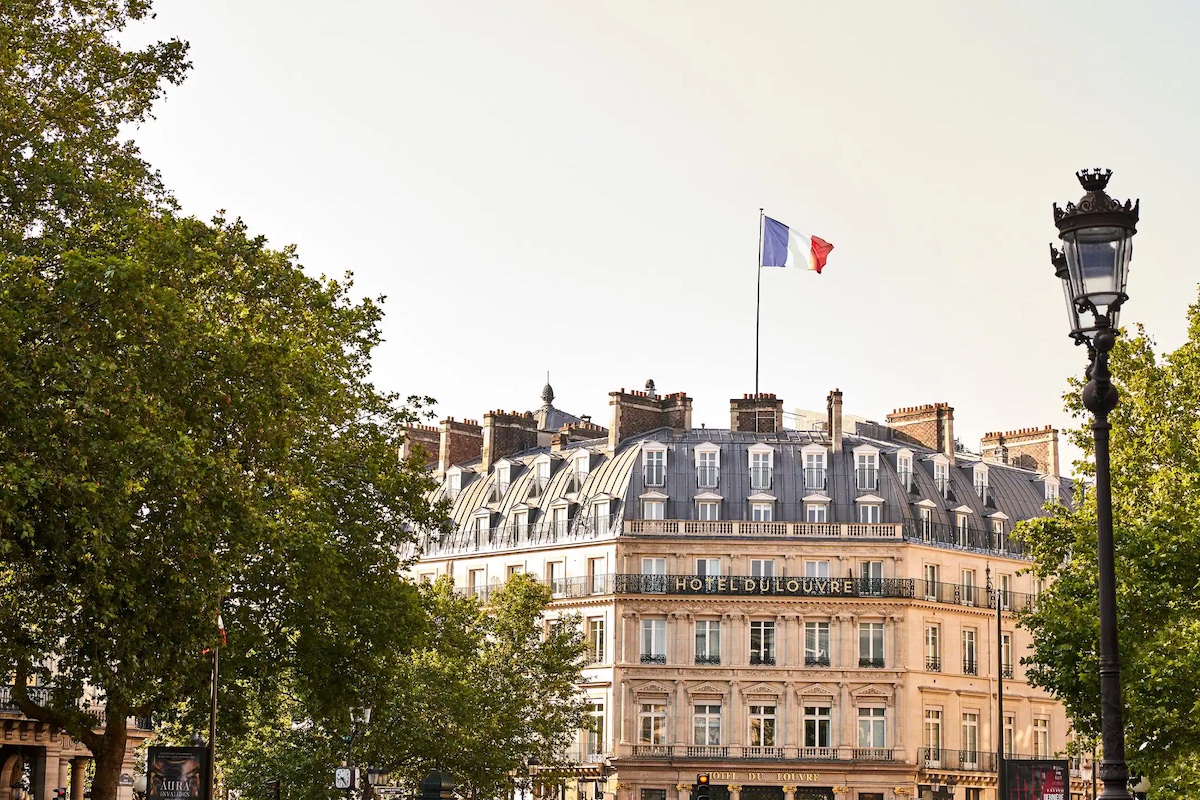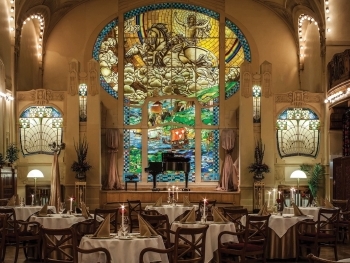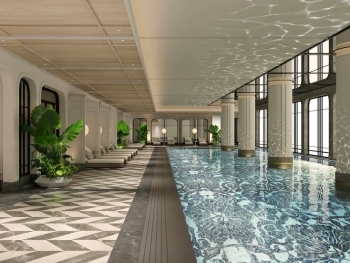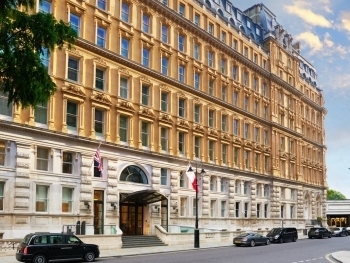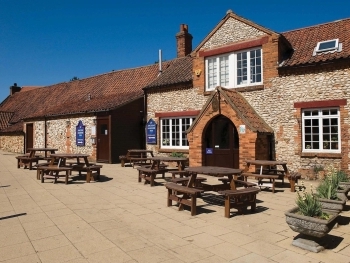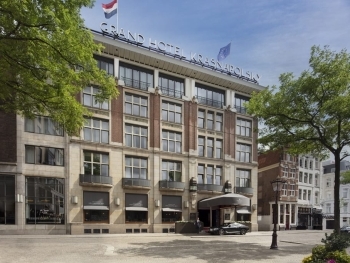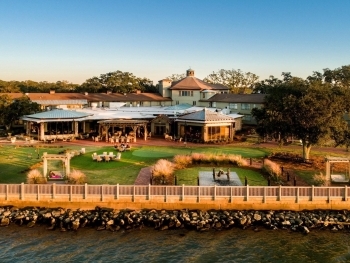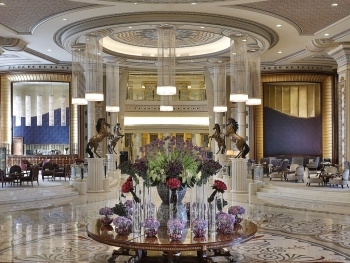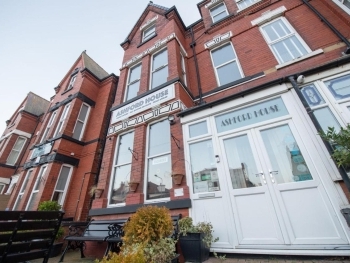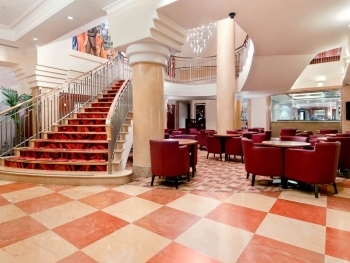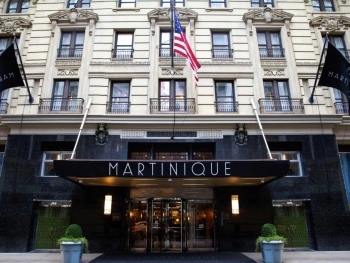Hotel Overview
The Grand Hotel du Louvre stands as a beacon of Parisian history and elegance. While other Paris hotels may exude glamour, this establishment is renowned for its rich heritage. Located a stone's throw from the Louvre Museum, its distinctive facade is a lasting symbol of the birth of Haussmannian Paris—the modern cityscape we admire today.
Though often referred to as the world's first "Grand Hotel," it's important to note that the very first grand hotel was actually in London.
A Brief History
1855: The Grand Hotel du Louvre opened its doors to guests.
1973: The hotel joined the newly formed Concorde Group, marking a new era in its storied existence.
Detailed Historical Milestones
Mid-19th Century Transformation: The mid-19th century was a period of great transformation for Paris. Under the direction of Baron Georges-Eugène Haussmann, the city evolved from a cramped medieval town into the spacious, modern metropolis known today. This era of transformation included the construction of the Grand Hotel du Louvre.
1855 Opening: Commissioned by Baron Haussmann, the powerful Péreire brothers—key financiers of Paris's reconstruction—were tasked with building a luxurious hotel. Architect Alfred Armand designed the Grand Hotel du Louvre, which opened in 1855, just in time for the International Exhibition held in Paris. This was France's first luxury hotel and the pioneering "Grand Hotel."
1860s Modern Amenities: By the 1860s, the hotel featured 700 deluxe guest rooms and boasted two steam-powered lifts—an epitome of modernity at the time. Wide staircases and a staff of 1,250 ensured smooth operations. The hotel offered a range of services, including guides, interpreters, an information desk, a post office, a telegraph room, and an exchange bureau. Renowned for its culinary excellence, the Grand Hotel du Louvre catered to both French and international tastes.
1870s Relocation: In the 1870s, the owners of the Galeries du Louvre, a fashionable department store across the street, purchased the Grand Hotel du Louvre. They relocated it to its current position on Place André Malraux.
1897 Artistic Residence: In 1897, the famous Impressionist painter Camille Pissarro resided at the Grand Hotel du Louvre, adding to its cultural significance.
1898 Corporate Evolution: The hotel's management company adopted the name "Société du Louvre" in 1898, a name it retains to this day.
1909 Expansion: The Société du Louvre expanded its portfolio by inaugurating the Hotel de Crillon in 1909, further cementing its status in the luxury hospitality sector.
1973 Concorde Group Formation: In 1973, the Société du Louvre established Concorde Hotels, consolidating its luxury hotels under one subsidiary. Concorde Hotels, previously owned by the prestigious Taittinger family—renowned specialists in luxury—now operates a global network of over 90 distinguished hotels worldwide.
The Grand Hotel du Louvre remains a testament to Paris's historical transformation and enduring allure, blending historic charm with modern luxury.
